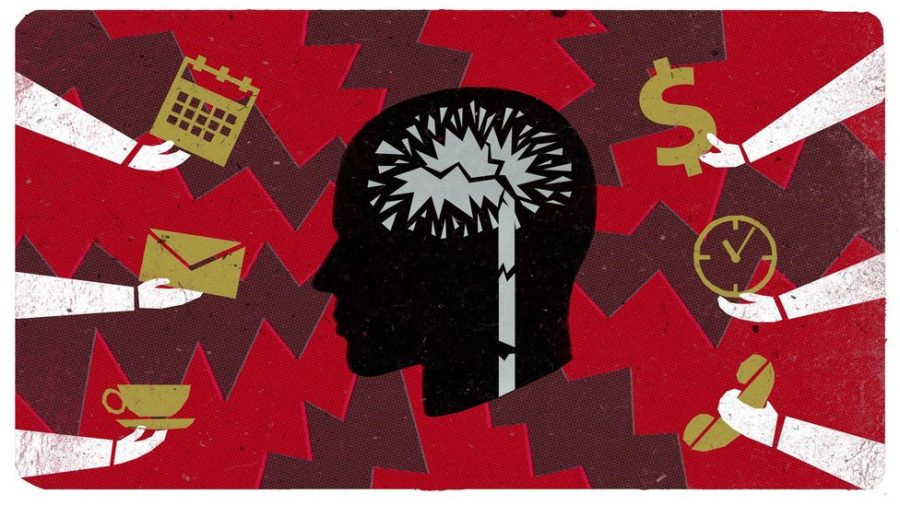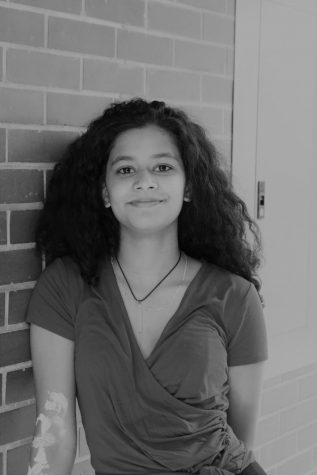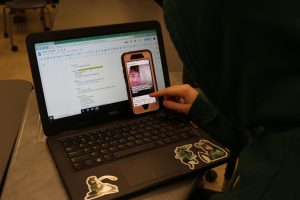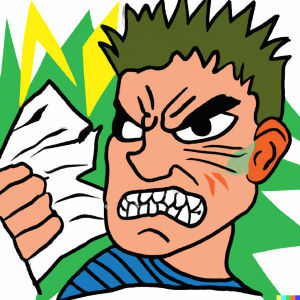Burning Out
April 27, 2022
As the third nine weeks recently came to a close, it’s important to start the end of the school year on a good or at least reflective note. This past quarter has been rough, for students and teachers alike.
Many have questioned how or why they are pushing themselves so hard and going so far. Many are struggling with persevering through a tough quarter while keeping their heads high, or at least just above the water.
Why? Burnout: physical and/or emotional exhaustion, caused by stress, anxiety or worry, accompanied by a lowered sense of accomplishment, and a loss of self.
We’ve all felt it and we all hate it, it’s been an especially large problem these past few weeks, as heard in conversation by students and teachers, friends and peers.
Now the doubts of “Can this grade be better?” “Is my curriculum keeping the kids engaged?” “Will I make it?” has for the most part passed, it’s vital to learn from the anxious thoughts and behaviours, to be able to have an easier time when burnout situations occur in the future.
The optimism of spring break and summer has slowly started kicking in. Acknowledging the troubles we’ve faced as a school and as individuals is needed to be able to learn and move on.
Everyone has spent the latest bit of the year worried and sleepless and stressed about problems that have largely been handled and fine.
Sophomore Matt Radermacher talks about a typical Saturday for him which “consists of getting up at 7:00 in the morning which is a little later than on weekdays, starting any homework by 7:30. Then leaving for work at 10::30 and getting off work at 4:00, finally maybe relaxing. After finishing any more homework, I didn’t get it done in the morning.“

A year with such a steady workload has obviously caused worry. Fun times have also seemed scarce, during the 3rd nine weeks were especially challenging. It’s in these times we forget to check in on ourselves.
As better days are around the corner and hopefully weight lifts or eases, in the following are quick descriptions of ways to recognise and help burnout, provided by Columbia Academy.
The subtle signs were more aimed at younger children, but they could apply to any age. Signs include long hours spent on distracting activities(phones, tv etc:-), frequent mood and attitude changes and other aches and pains.
There could be clinging and dependency on peers and maybe even parents. In general there are small, strange shifts in personality.
Larger more obvious signs may include a lack of sleep, ( as already felt by many at school), lack of motivation due to the constant tiredness from the sleep deprivation.
There’s the change and decline of eating habits and nutrition along with muddled emotional states. Pent up frustration, self-doubt, head and body aches, and general self-neglect.
It’s all really a long cycle that many have found themselves in, often subconsciously and have often unintentionally ignored. For example, since the closing of grades, Sophomore Jackie Junko says that she “actually just started eating better”.
Now that the brunt of the storm has passed, there are more opportunities to indulge in some much needed TLC. Here’s hoping pointing out the problems along with solutions will help.
Suggestions like taking time off, setting up pleasant activities, taking breaks setting realistic goals.
Seeking support and viewing all options in academic and work environments; along with practising some mindfulness outside said environments helps slow down the anxiety and overdrive in our brains.
A change of scenery often means a change of pace, so getting outside, with the better weather or going anywhere that makes you feel better.
Better nutrition and dietary habits, regular meals and exercise or just sitting down and taking a breath.
Reeling back in and checking in is as important as the grades and assignments and activities were.












